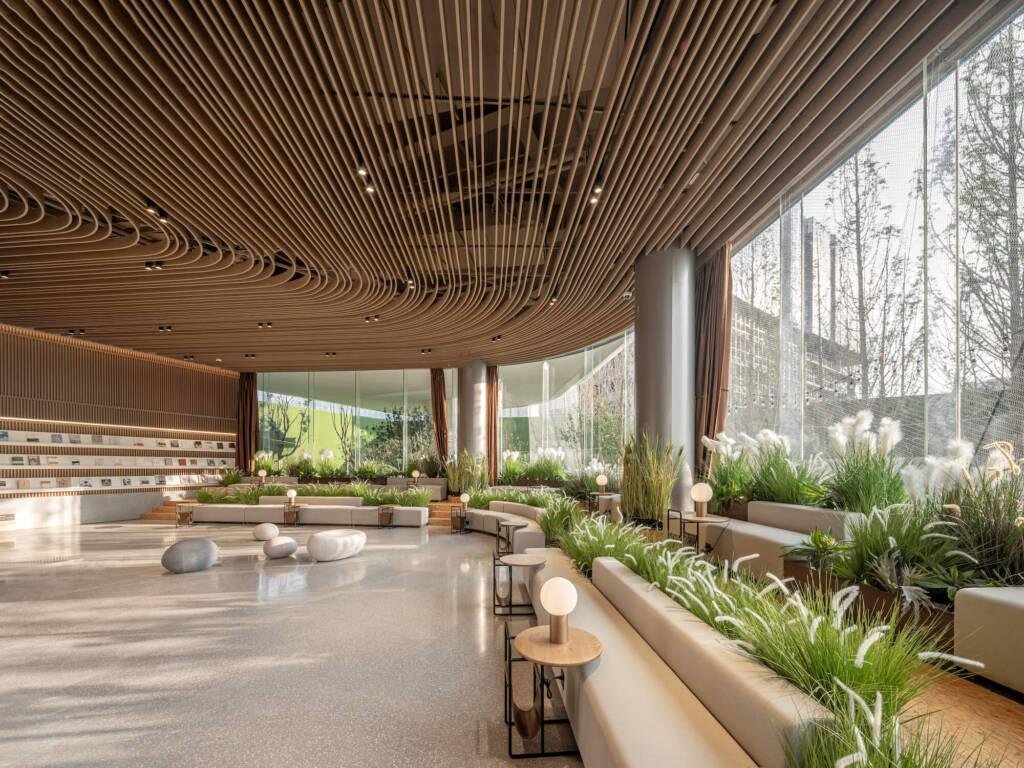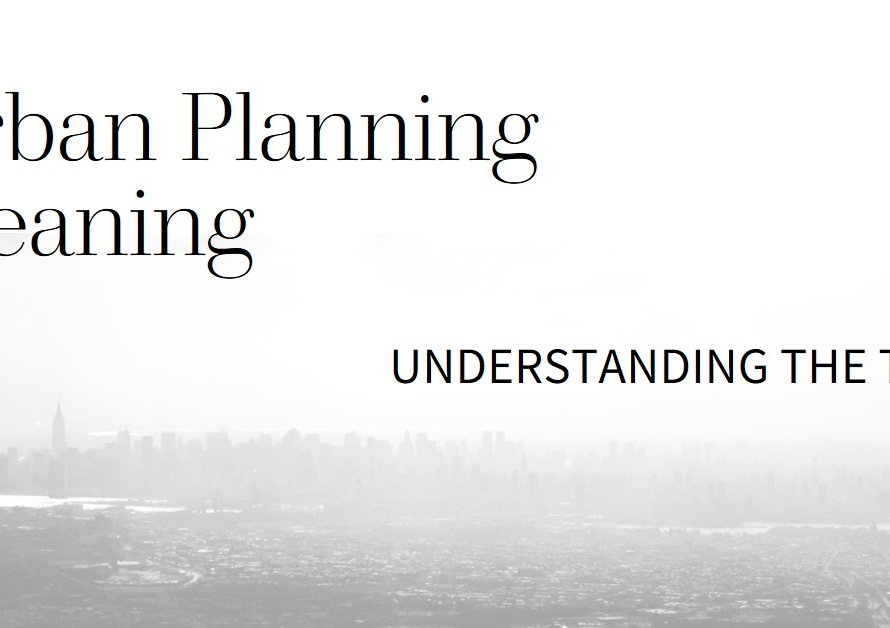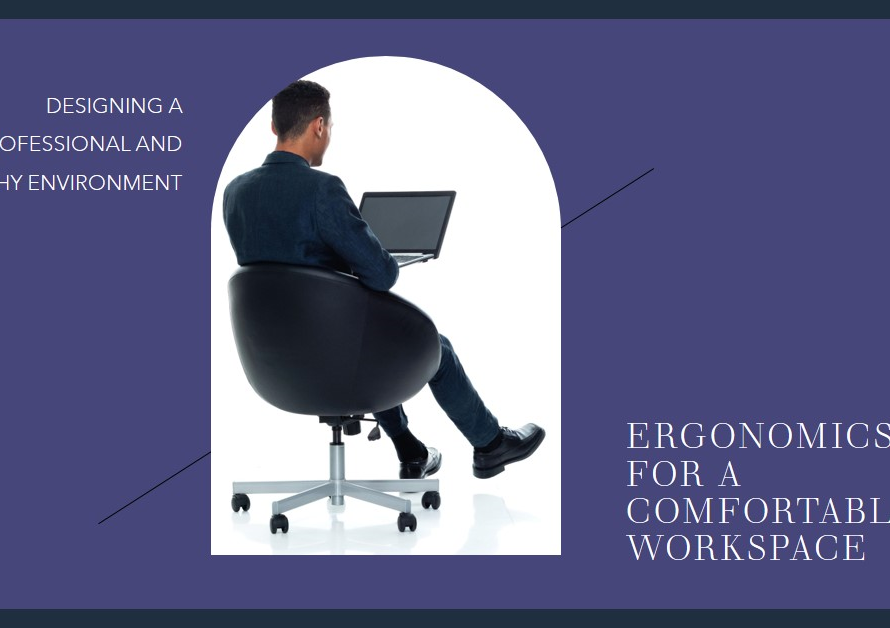
Table of Contents
The Architecture Industry in 2024
The architecture industry in 2024 is set to undergo transformative changes, driven by advancements in technology and evolving societal needs. One notable trend will be the integration of sustainable design practices across all projects. With a growing focus on environmental preservation and renewable energy sources, architects will play a crucial role in creating structures that are not just aesthetically pleasing but also environmentally friendly.
Another significant development in the architecture industry will be the rise of smart buildings and cities. As technology becomes more integrated into our daily lives, architects will need to incorporate smart elements such as IoT-enabled sensors and interconnected systems into their designs. This shift towards smart infrastructure will result in enhanced efficiency, improved resource management, and a better quality of life for inhabitants. Furthermore, these advancements have the potential to revolutionize urban planning by creating connected communities that prioritize sustainability and connectivity.
In conclusion, the architecture industry in 2024 is positioned to embrace sustainability and adaptability like never before. By incorporating sustainable design practices into their projects and integrating smart technologies into buildings and cities, architects can contribute significantly to creating a more environmentally conscious and technologically advanced future. The possibilities for innovation are endless as we navigate towards a more interconnected world that addresses the pressing issues of our time while fostering creativity and improving quality of life .
Sustainable design: Eco-friendly and energy-efficient buildings
Sustainable design has become a fundamental aspect of modern architecture, as the demand for eco-friendly and energy-efficient buildings continues to grow. In 2024, the trend towards designing structures that minimize their environmental impact is expected to reach new heights. Architects are increasingly incorporating renewable energy sources into their designs, such as solar panels and geothermal heating systems, to reduce reliance on traditional energy sources.
Another emerging trend in sustainable design is the use of sustainable materials. Architects are now opting for recycled or reclaimed materials like reclaimed wood and recycled metal, which not only reduce waste but also add a unique character to the building’s aesthetics. Additionally, green roofs and vertical gardens are becoming popular features in architectural designs, providing natural insulation while enhancing biodiversity within urban environments.
The concept of designing buildings that have a positive impact on their surroundings is also gaining traction in this era of sustainability. Architectural firms are coming up with innovative designs that blend seamlessly with nature and promote environmental conservation. Features such as rainwater harvesting systems, passive cooling strategies using natural ventilation techniques, and even building integrated wind turbines are being integrated into architectural designs in order to create energy-efficient buildings that work symbiotically with their surroundings.
By embracing sustainable design principles such as incorporating renewable energy sources, using sustainable materials, and integrating nature into architectural designs, architects in 2024 will play a crucial role in creating buildings that not only meet human needs but also protect our planet for future generations. As sustainability continues to drive innovation within the architectural industry


Smart technology integration: The rise of smart homes
Smart technology integration has become a dominant trend in architecture, as the rise of smart homes continues to shape the way we live. From controlling lights and temperature with a simple voice command to having our refrigerators order groceries for us when supplies run low, smart homes offer convenience, efficiency, and an elevated living experience. This integration of smart technology doesn’t just stop at appliances – it extends throughout the entire home, with interconnected devices and systems that can be controlled remotely.
One fascinating aspect of smart home technology is its ability to adapt to our daily routines and preferences. For example, imagine waking up in the morning to your personalized wake-up routine that gradually adjusts your bedroom lighting and plays your favorite music while simultaneously brewing fresh coffee downstairs. As we continue to rely on technology for various aspects of our lives, incorporating these advancements into our residential spaces allows us to seamlessly navigate through our day-to-day activities.
The implications of smart home integration extend beyond convenience; they also contribute towards sustainability efforts. With energy-efficient features such as automated lighting systems that respond to occupancy sensors and optimize energy usage, homeowners can significantly reduce their environmental impact. Additionally, advanced monitoring systems enable homeowners to track their energy consumption in real-time and make adjustments accordingly. By integrating these technologies into architectural design now, we are not only enhancing our way of living but also taking important steps towards creating a more sustainable future for generations to come.
Integration of nature: Biophilic design and green spaces
Biophilic design and the integration of green spaces have become increasingly influential trends in modern architecture, offering a fresh perspective on how we interact with our built environment. This approach seeks to reconnect us with nature by incorporating elements such as natural light, plants, and views of the outdoors into our living and working spaces. It goes beyond mere aesthetics; studies have shown that exposure to nature has numerous benefits for our physical and mental well-being, including improved concentration, reduced stress levels, and increased productivity.
One innovative way architects are implementing biophilic design is through the use of living walls or vertical gardens. These installations not only add visual interest but also purify the air by filtering out toxins. By bringing nature indoors, these green spaces create a sense of tranquility and relaxation while enhancing air quality. Additionally, many architects are incorporating larger communal outdoor spaces within their designs, creating opportunities for people to connect with nature on a daily basis through activities like walking trails or rooftop gardens.
In conclusion, the integration of nature through biophilic design and green spaces is becoming an increasingly popular trend in architecture. Beyond its aesthetic appeal, it offers tangible benefits for our overall well-being. Whether it’s through vertical gardens or expansive outdoor areas, these innovative designs provide opportunities for people to reconnect with nature in their everyday lives. As we look towards the future of architecture in 2024 and beyond, we can expect this trend to continue growing as more people recognize the importance of integrating nature into our built environment.
Adaptive reuse: Transforming old structures into new spaces
Adaptive reuse in architecture has emerged as a prominent trend, with old structures being transformed into new and vibrant spaces. This approach not only contributes to sustainability by minimizing waste and reducing the need for new construction, but it also helps preserve the cultural heritage of a place. Moreover, adaptive reuse projects often integrate historical elements into modern designs, creating an interesting juxtaposition of the old and the new.
One fascinating aspect of adaptive reuse is how it challenges architects to think creatively and problem-solve within existing constraints. The process requires careful consideration of not only structural integrity but also function and aesthetics. Architects must find innovative ways to repurpose spaces originally intended for entirely different purposes, such as converting warehouses into hip office lofts or transforming churches into stunning art galleries.
Furthermore, adaptive reuse projects often have a positive impact on local communities. By breathing new life into older structures that may have fallen into disrepair or become abandoned eyesores, they can revitalize neighborhoods and generate economic growth. These projects provide unique opportunities for businesses to establish themselves in distinctive settings that offer both character and history—a concept increasingly valued in our cookie-cutter world.
In summary, adaptive reuse represents an exciting direction for architecture in 2024. It encompasses environmental consciousness, historical preservation, creative problem-solving, and community revitalization all at once—making it a trend worth embracing wholeheartedly. As we continue to reimagine old structures as innovative new spaces, we can look forward to seeing more inspiring examples that push boundaries while paying homage to our architectural
Minimalism and simplicity in design aesthetics
One of the most prominent trends in architecture for 2024 is the embrace of minimalism and simplicity in design aesthetics. This trend represents a shift away from elaborate ornamentation and excessive details towards clean lines, open spaces, and a focus on essential elements. By stripping away unnecessary clutter, minimalist design allows for a sense of calmness and tranquility within a space.
Furthermore, minimalism promotes functionality and practicality while still maintaining an elegant aesthetic. Architectural designs that embody simplicity often prioritize natural light, sustainable materials, and efficient use of space. This approach not only creates visually appealing structures but also contributes to the overall well-being of occupants by promoting better organization and reducing visual distractions.
In terms of design aesthetics, minimalism encourages architects to create timeless structures that withstand changing trends. Rather than being driven by short-lived fads or flashy features, minimalist designs are rooted in enduring principles such as proportion, balance, and harmony. This emphasis on simplicity ensures that architectural creations can stand the test of time without becoming dated or out-of-place within their surroundings.
In conclusion, minimalism and simplicity are key drivers in the architectural trends for 2024. These design aesthetics promote a sense of calmness and tranquility through clean lines and open spaces while also prioritizing functionality and practicality. Minimalist designs offer timeless elegance that can withstand changing trends, making them a popular choice amongst architects aiming to create enduring structures.
Conclusion: Embracing innovation and sustainability in architecture.
n conclusion, embracing innovation and sustainability in architecture is not just a trend for 2024, but an essential practice for the future of our planet. As the population continues to grow and resources become increasingly scarce, it is crucial that architects prioritize sustainable design principles. This means incorporating renewable energy sources, using environmentally-friendly materials, and designing buildings that harmonize with their natural surroundings.
Moreover, embracing innovation allows architects to push the boundaries of what is possible in design. With advances in technology and construction methods, we have the opportunity to create structures that are both visually stunning and highly functional. From 3D printing to virtual reality modeling, these innovations not only allow for greater architectural creativity but also enable architects to analyze data and make informed decisions about building performance.
By combining sustainability with innovation, architects can create truly transformative spaces that not only inspire those who inhabit them but also contribute towards a more sustainable future for generations to come. In embracing these practices, we move away from a model of architecture as simply an aesthetic pursuit towards one that acknowledges its role as a catalyst for positive change in society. The trends for architecture in 2024 will undoubtedly reflect this shift towards sustainability and innovation – as we strive to build a better world through design.


